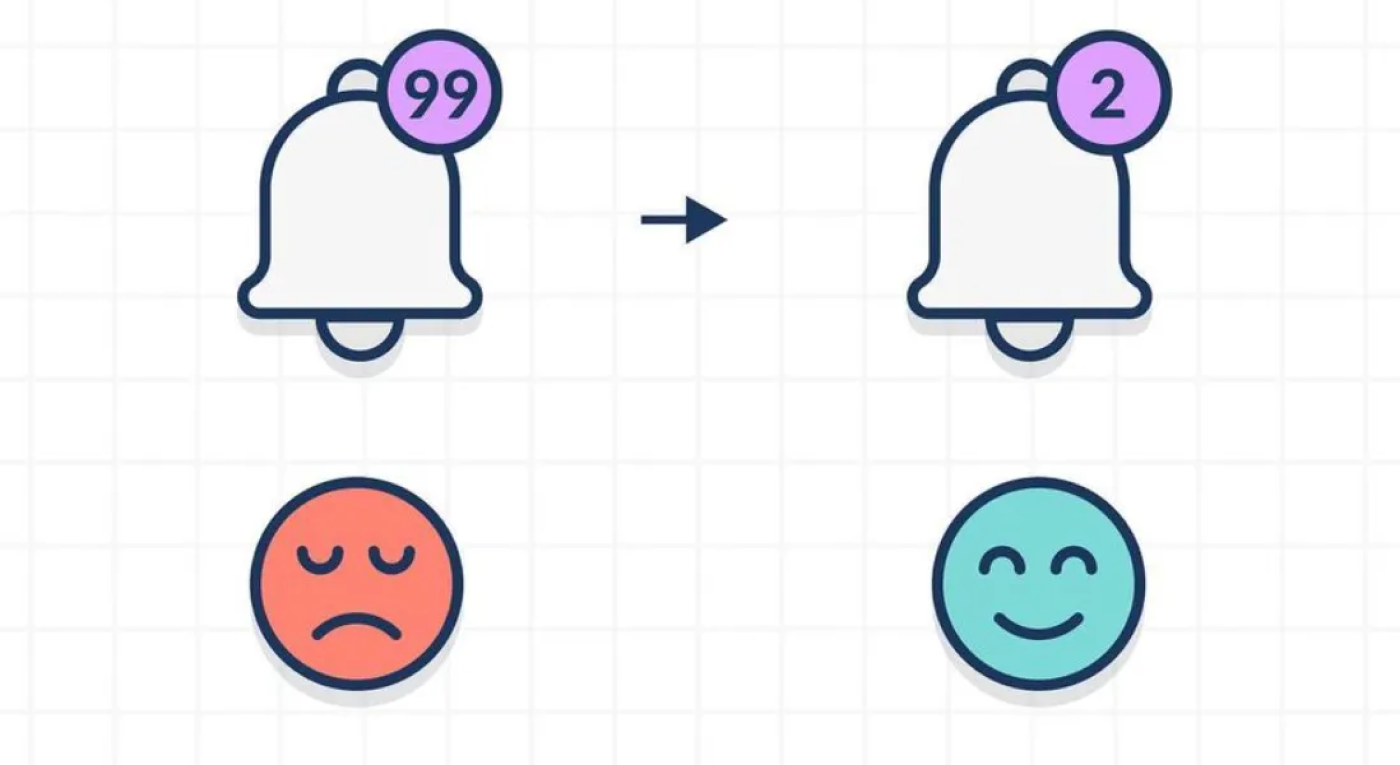In today’s fast-paced digital world, where our smartphones seem to buzz and ping relentlessly, notifications play a crucial role in engaging users. However, have you ever considered why sometimes, less is actually more when it comes to notifications in apps?
Let’s delve into this intriguing topic by exploring how industry leaders like Meta (formerly Facebook) have redefined their notification strategies and why it matters.
Meta (formerly Facebook): A Case Study in Notification Evolution
Over the years, Meta has gone through a significant transformation in its approach to notifications. They’ve shifted from inundating users with every conceivable update to sending only the most relevant notifications. This strategic change has yielded remarkable results.
Instagram: A Subtle Notification Revolution
Another noteworthy example within the Meta family is Instagram. This platform introduced the “You’re All Caught Up” feature to signal when users have seen all recent updates. This seemingly small change has had a profound impact.
Twitter’s Journey with “Spaces”
Twitter’s exploration of live audio conversations with “Spaces” was accompanied by a notification strategy that required fine-tuning. Their receptiveness to user feedback led to significant improvements.
Why Less Notifications Can Mean More
Why should we aim for fewer notifications in our apps?
- Enhanced User Satisfaction: Excessive notifications can lead to user annoyance and app abandonment. Thoughtfully curated notifications enhance user satisfaction.
- Reduced User Overwhelm: Respect for users’ time and attention is paramount. Focusing on essential notifications ensures users stay engaged without feeling overwhelmed.
- Quality Engagement: Quality over quantity leads to meaningful interactions. Users are more likely to engage with notifications that matter to them, thereby boosting retention and loyalty.
As Product Managers, striking the right balance is vital. By listening to users, understanding their preferences, and using data to refine notification strategies, we can create apps that provide a seamless, personalized experience.
In the ever-noisy digital landscape, remember that less can indeed be more. Let’s design apps that respect users’ time and attention.








